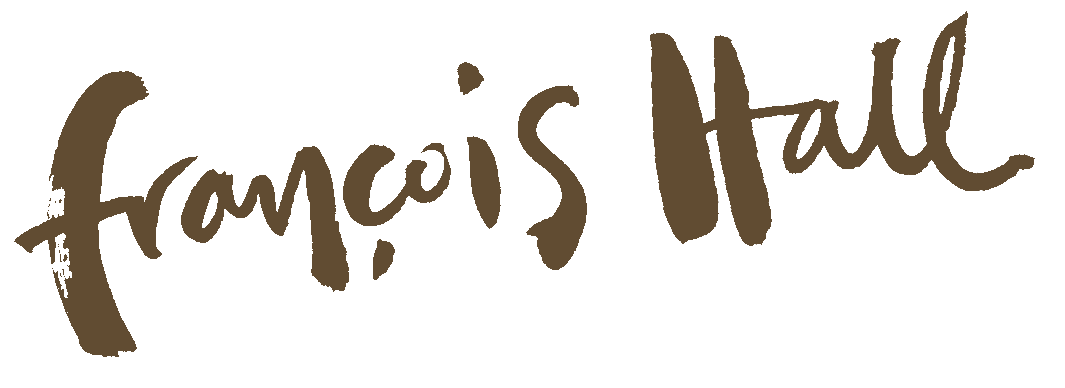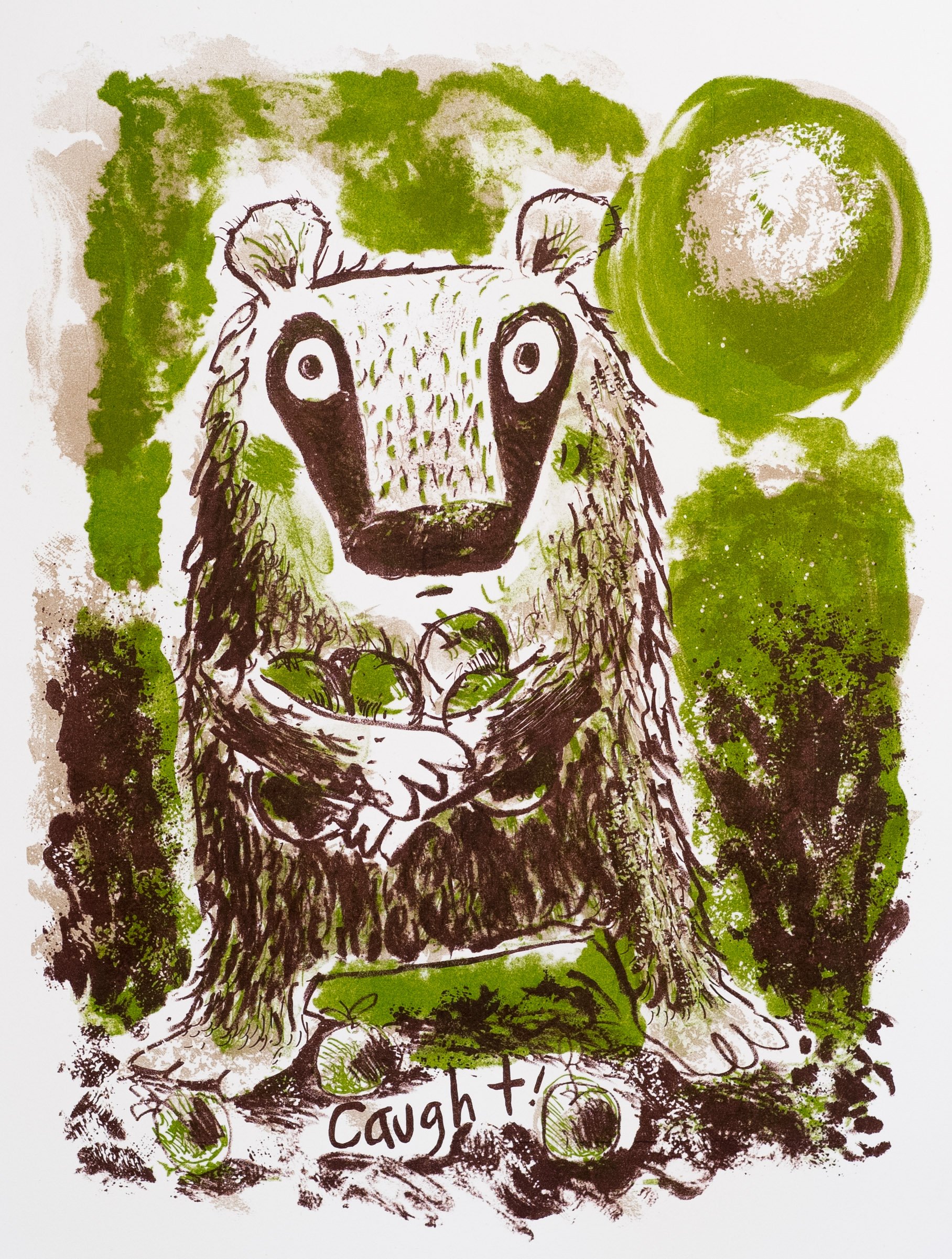Planographic Printing
The Lithographic print is taken from a planographic (flat) surface (unlike relief or intaglio printing). Lithography traditionally uses Bavarian Limestone, which I use for the majority of my Lithographs. The process relies on the mutual repulsion of grease and water to create an image. To achieve this, the image is drawn onto the stone which has been ground completely flat and is thoroughly de-greased. Greasy crayons, ‘chalks’ and greasy inks (Tusche) are used to make natural marks and washes. Gum Arabic can also be used to preserve white areas. The image is then processed using acids, and the stone or plate is dampened with a wet sponge. Ink can then be rolled onto the image where the greasy nature of the marks will pick up the ink, while it is repelled by the dampened areas of the stone. A print is then made under the press.
This medium is my favourite of all printmaking techniques because it allows marks to print more or less as drawn. Working directly onto the plate by hand makes possible a spontanious and original approach. Lithography allows the use of dip pens, very subtle use of crayons, spattering, washes of ink and scraping back to mention a few. Each colour requires a separate stone, and careful consideration is given to ink colour and the amount of transparency when overprinted.



